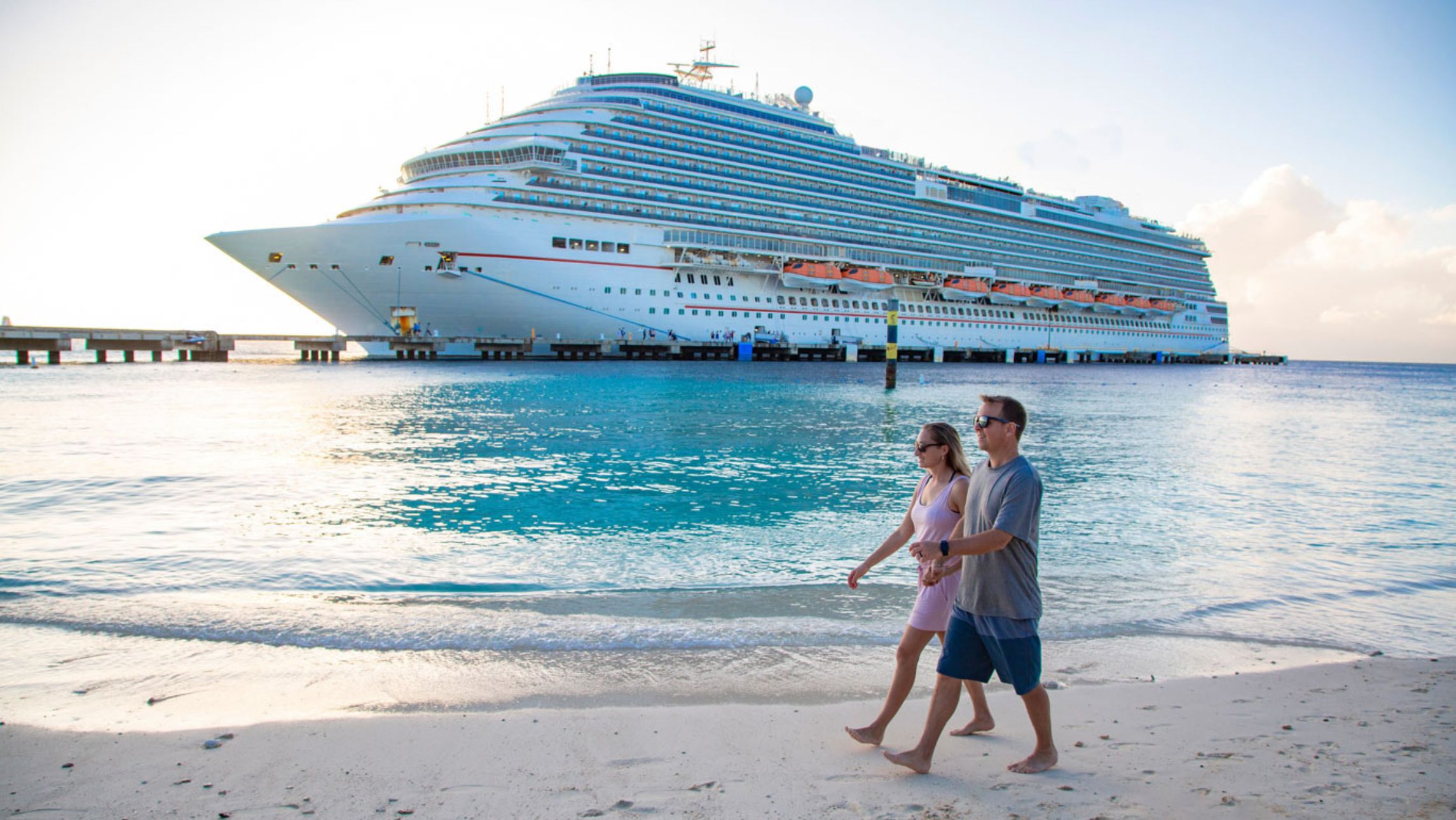[vc_row][vc_column][vc_column_text]
Hurricane Irma and Harvey has ripped through the Caribbean and the United States just over the last two weeks, there has been major flooding in Southeast Asia and Australia has seen the likes of Cyclone Debbie earlier this year.
The aftermath of these horrible events has left cruise passengers unable to see the paradise they were promised and while cruise lines are accommodating to passengers by changing itineraries, cancelling cruises and reimbursement, it still leaves many with the disappointed feeling that their dream holiday.
When considering the financial outlay involved in cruising, what protects your holiday against changes and disappointments like these?
A cruising holiday that runs smoothly can be a dream but when things go wrong, as with most holidays, appropriate insurance can make the difference between a minor mishap and a major nightmare.
Travel professionals have long recommended travel insurance for every trip away from home, but the one-size-fits-most approach didn’t always work for cruising – conventional policies’ emphasis on connecting flights, hotels and car hire, after all, do not apply much to a cruise.
Increasing specialisation means that cruise enthusiasts can now more exactly tailor their insurance to their holidays, from the particular needs and costs associated with a shipboard health event to considering shore excursions and port transfers.
Common events befalling cruise travellers might include skipping a port or destination, but it could also happen due to mechanical, medical or other misadventure (even if that misadventure is not your own, such as a fellow passenger’s medical event causing a change in cruise schedule).
In May 2016, the Adonia Fathom experienced a power outage that returned it to home port in Miami for 10 hours, resulting in having to skip its scheduled call into the port of Cienfuegos. In Greece this June 2016, striking port workers in Piraeus stopped ships docking there, affecting Seabourn, TUI and Celebrity vessels over only a 48-hour period. Around the same time on Australia’s Sunshine Coast, somewhat ironically, bad weather and rough seas forced the Pacific Aria to cancel their Mooloolaba port of call. This kind of situation would only be covered by a cruise-specific policy.[/vc_column_text][vc_column_text]These same policies pay $75 per 24-hour period confined to your cabin by a ship’s medical officer for the purposes of health concerns, an event that would most certainly affect your holiday adversely, yet would not stand up under the rigid policy wordings of most non-cruise-specific insurance policies. Other medically related policy items for cruising travellers to look out for might include high or unlimited payments for medical evacuation or repatriation, considering the higher costs involved with airlifts or ship rerouting, and recovery of funds on pre-paid shore excursions.
The cost of insuring a trip can rely heavily on a traveller’s planned destination. While some insurers provide a generalised choice between domestic travel, Asia, Europe, Pacific or worldwide regions, a cruise-specific policy can more fairly fit the cost with the cruise. A cruise that visits both Australian domestic and Asian international ports would attract a ‘worldwide’ premium as it covers two continents – even if you only leave Australian domestic ports for 48 hours. However, that same cruise insured with those InsureandGo policies would be able to fit within their ‘Domestic and Asia’ category. Likewise, many Australian homeporting cruises are able to fit into their cruise-insurance categories that cover ‘Domestic, The South Pacific, Norfolk Island, New Zealand, Bali and Lombok only’ or ‘New Zealand, Pacific and Bali’.
Even domestic-only cruisers must be aware of purchasing insurance that fully covers their possible needs. For instance, P&O Cruises advises their passengers to procure international-level travel insurance even if they are only cruising to Australian coastal ports, as your cruise is ‘outside the scope of Australian Medicare’. Australian insurer Worldcare advises, in the same instance, to buy comprehensive Pacific-region insurance for much the same reason.[/vc_column_text][/vc_column][/vc_row]








